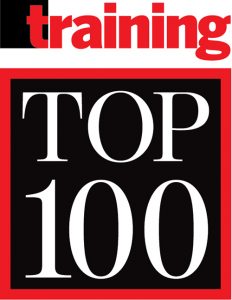
As part of its Diversity and Inclusion agenda, International SOS developed its Female Mentoring Program to equip female high-potential executives with the necessary skills, resources, and internal network to leverage their career aspirations within the group; retain the medical and travel security risk services company’s top female talent; and enhance its talent pool of female executives. The company aims to have 50 percent female representation at the director level in its group by 2025.
Program Details
The Female Executive Program is a structured six-month program. At the start, the global leadership team is invited to nominate female executives within their teams who are considered to be top talent within the organization to participate in the mentorship program. Nominations are received by the Group EXCO team.
The global Learning and Development (L&D) team then goes through its pool of seasoned and experienced mentors to pair the nominees with the most suitable mentors depending on the developmental goals stated in the nomination process. Senior executives often participate as mentors in the program. Senior executives who have served as mentors in the program to date include:
- CEO, Assistance Services
- President and CEO, Government Services
- President and CEO, Aviation and Maritime Services
- Group Director, Security Services
- Group Director, Human Resources
- Group General Counsel
Once availability of the mentors and mentees has been confirmed, mentees complete the Thomas International PPA questionnaire and receive coaching for the same by accredited coaches. Introductory calls are held with the group of mentees and mentors to explain the structure of the program and expectations for both parties. The mentorship then kicks off with the mentors reaching out to their mentees on an introductory call and setting up the frequency, duration, and meeting times and dates for their sessions over the next six months.
Both the mentees and mentors receive e-mails to guide them along this six-month journey on a monthly basis. These e-mails include suggested learning objectives and topics to be discussed in the next session, as well as learning opportunities for both mentors (to increase their mentoring skills) and mentees (to further assist them in identifying their development goals).
The program states the following guiding principles for both mentors and mentees:
- There must be a clear purpose for the mentoring to take place.
- There must be commitment from both parties.
- The mentorship relationship must be based on trust, confidentiality, mutual respect, and sensitivity.
- Structured dialogue with constructive discussions and feedback from the mentor must occur monthly.
- Mentors should leverage their resources to facilitate and enhance the growth and development of the mentee.
To further facilitate the discussion between mentors and mentees, the L&D team created mentorship journals for participants with pre- and post-reflection exercises to reinforce the learnings gained from the mentorship sessions and to help both the mentor and mentee prepare for the next session.
Halfway through the program, a group catch-up is facilitated between all mentees to share and embed learnings gained thus far. All mentees are part of the Female Mentoring Program closed group created by the L&D team on LinkedIn and are encouraged to share their learnings with each other on this platform.
Accredited facilitators have one-on-one sessions with each of the participants at the end of the program and three months post-program to evaluate behavior changes.
Results
Three months after the initial pilot group completed the program, 93.75 percent stated observable changes in behavior.
Since the pilot and the subsequent official launch of the program, there has been a 14 percent increase in female representation at the director level:
- June 2019 = 30 percent female representation
- June 2020 = 44 percent female representation



